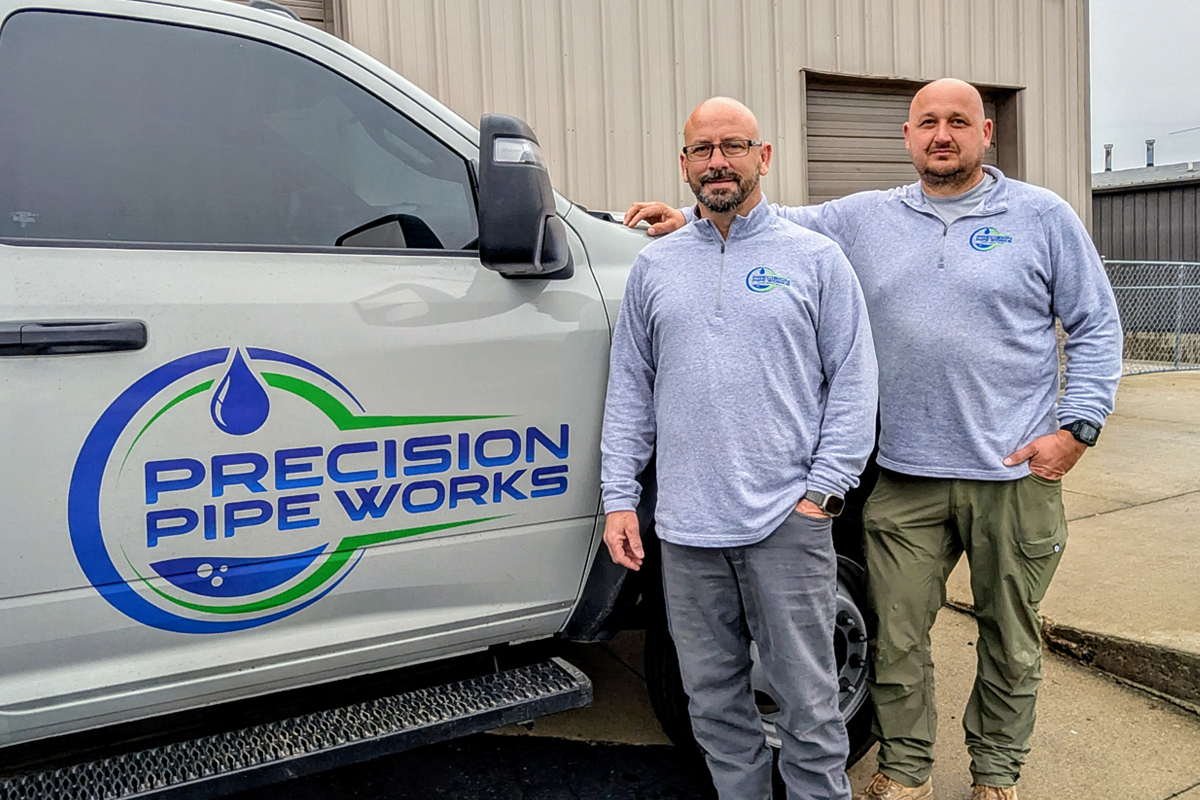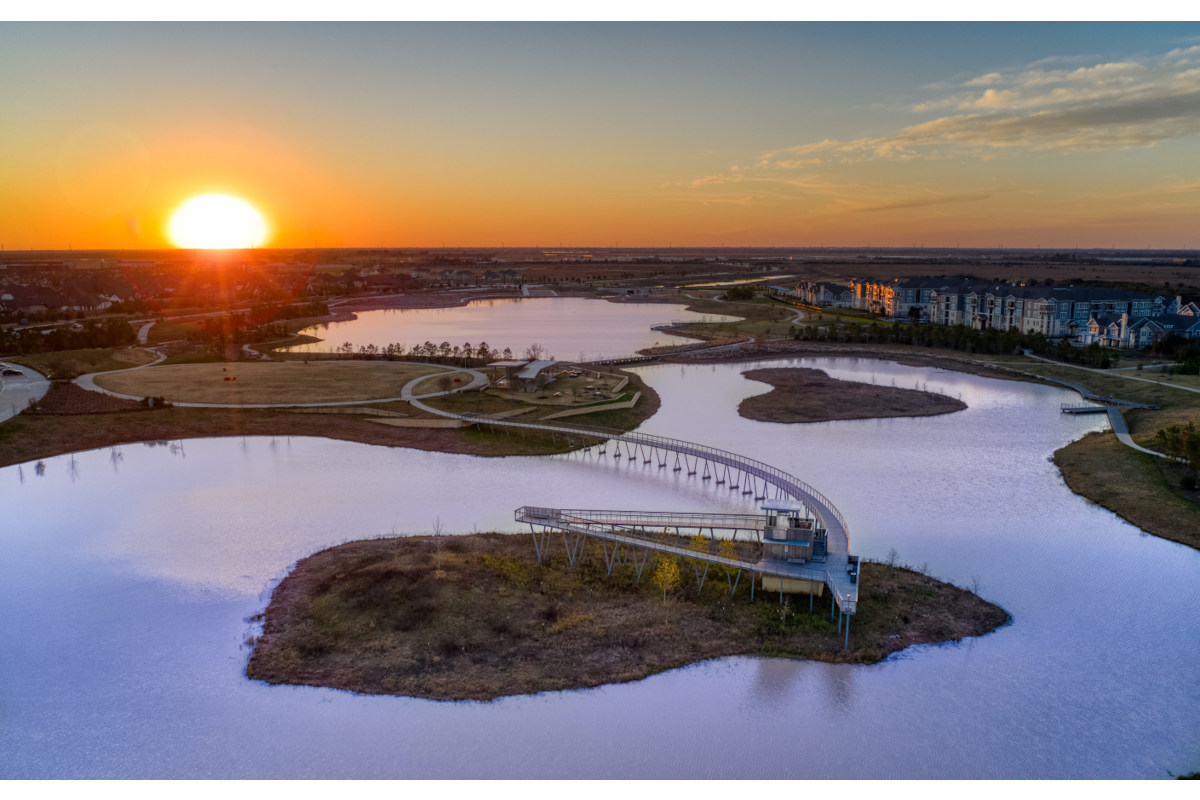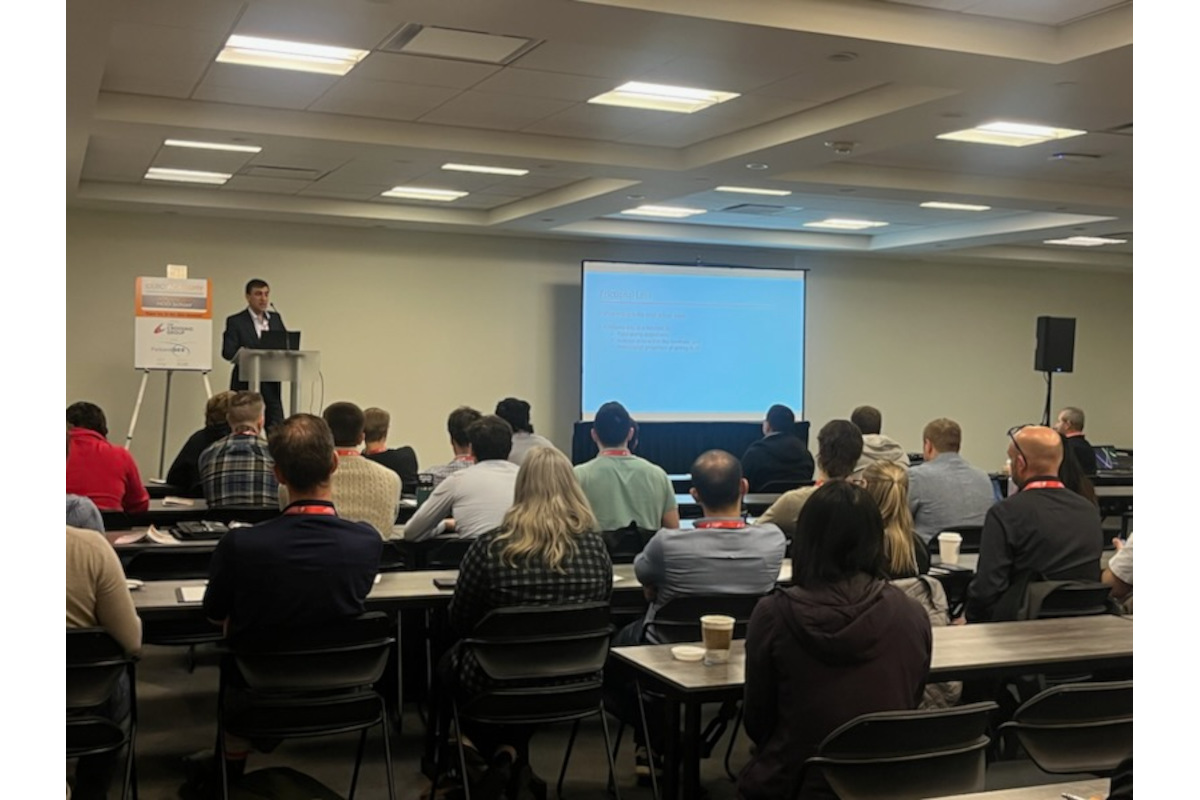
Picking the Brain of Ian Doherty, P.Eng.
In this installment of our semiannual “Picking the Brain Of” Q&A feature we chat with Ian Doherty, P.Eng., president of Trenchless Design Engineering Ltd., a St. Catharines, Ontario-based engineering firm he formed in 1994. In October 2016, Doherty received the 2015 Award of Excellence from the Centre for Advancement of Trenchless Technologies (CATT).
RELATED: CATT Award of Excellence Recipients Announced
Please give our readers a little bit of your background.
After graduating in mechanical engineering from the University of Toronto, I joined a small company designing and supplying vacuum sewage collection systems. Positions with two pipe manufacturers followed and then short stints with a software developer and a pipe manufacturer’s association. The beginning of my day-to-day hands-on experience in trenchless started in 1991 when I joined a start-up fold and form lining installation contractor in Toronto. Over the next two years we broke into the lining market competing with cured-in-place pipe (CIPP) with many installations including Toronto. That frantic two years taught me that, with a few notable exceptions, trenchless engineering knowledge among engineers and suppliers (including U-Liner) was best characterized as a mile wide and an inch deep. With few exceptions, municipalities, not engineering companies, were driving trenchless rehabilitation. So in 1994 I started Trenchless Design as a source of independent trenchless engineering expertise to municipalities. Within a few years, business had expanded to include contractors, suppliers, manufacturers and engineering firms.
How did you get involved in the trenchless industry? Why stick with rehabilitation over new installation?
In 1988, I was working for a plastic pipe manufacturer seeking to expand product range. Trenchless looked promising and 1988 saw me at No-Dig Washington followed in 1989 visiting SubTerra Rolldown installations in the United Kingdom. While that direction did not work out, I kept in touch with key individuals and in 1991 I joined — at start-up — an installation contractor for the U-Liner HDPE fold and form liner. Unfortunately, U-Liner (when done right) could not compete with CIPP and that venture ended in late 1993. However, one could see that trenchless rehabilitation was going to be huge so I set up as an independent engineer 1994. I made my first No-Dig conference presentation in 1995, the only one on a pressure pipe rehabilitation job. Initially my projects included trenchless new construction, trenchless rehabilitation and pipe bursting. However, rehabilitation was the much bigger market then and the bulk of my trenchless knowledge was in that field. I had seen contractors mostly fail using the “basket of trenchless tools” model and around 1997 decided to specialize solely in trenchless rehabilitation. It turned out there was no shortage of opportunity in rehabilitation.
RELATED: Picking the Brain of: Ken Foster
What are some notable projects that you have worked on during your career?
In 1998, there was the Danforth Avenue Sewer CIPP lining project for the City of Toronto, most memorable because an innovative vacuum sewage collection system was used to maintain all services in operation during CIPP lining. In 2000, I presented a NASTT No-Dig Show paper on this topic. That same year I spearheaded a CIPP technology transfer to a Mexico City sewer service contractor, which involved a Canada lining contractor, a United States tube manufacturer and a United States resin manufacturer. I had a number of memorable visits to different jobsites in Mexico. Waiting for a tube-filled reefer truck that had been hijacked is not something one can experience in Canada. More recently is the Highway 407ETR extensive and ongoing multi-year culvert rehabilitation, which saw the first major use of UV-Cured CIPP in Canada and also the first installations of 1,200 -and 1,350-mm UV-cured CIPP in North America.
You recently received CATT’s Award of Excellence. How long have you been involved with CATT?
My involvement with CATT goes back to its early days. I have been an instructor and presenter at CATT trenchless technology seminars and courses many times over the years, including presentations made at the Trenchless Technology Road Shows in Niagara Falls.
Given your experience across the North American continent, how does the infrastructure in Canada compare to the rest of North America? How does the acceptance of trenchless rehab methods compare?
Speaking now of underground pipeline infrastructure, I would say there are more similarities than differences. The same materials are used — concrete, clay, brick, iron, steel, concrete pressure pipe and plastic. On a relative basis, Canada would have more plastic pipe in the ground, especially for PVC watermains than the United States. In terms of condition, I suspect that the Canada’s underground pipeline infrastructure is in slightly better shape than in the United States, to some extent, due to a number of Canadian cities being early adopters of routine annual trenchless rehabilitation programs. It is my sense that Canada is as open, if not more open, to trenchless rehabilitation than in the United States. Where this may differ is in the acceptance of methods/products in which Canada has tended to be, shall we say, more cautious and ask more technical questions. It is also useful to recognize that trenchless sewer pipeline rehabilitation is more driven by structural renovation requirements and far less by infiltration control requirements. The latter drives far more rehabilitation in the United States than it does in Canada. In some areas, Canada is considerably more accepting of trenchless rehab methods, an example being watermain CIPP lining.
RELATED: Picking the Brain of: Bill Garibaldi
How has trenchless rehabilitation evolved over the time you have been involved in the industry?
One evolution has been in the reduction of products for small diameter sewer rehab. While 20 years ago there were other lining methods being both trialed and used, performance and cost has resulted in CIPP becoming the rehab method of choice. Another evolution is in larger pipe sizes, meaning more big trunk sewers projects than 10 to 20 years ago. Sewer service lateral lining has evolved from just lining the pipe to increasingly installing one-piece CIPP solutions for both the lateral pipe and its main sewer connection. Finally, there is the evolution into watermain lining, largely due to CIPP products that allow for remote reinstatement of the water services.
How has the acceptance of trenchless rehab methods changed in the last decade?
My sense is that the acceptance of trenchless rehab is outstripping the industry’s installation capacity to deliver. Perhaps the area with most increased acceptance is the consulting engineering community in which the number of players seeking and taking trenchless rehab engineering work has greatly increased. Unfortunately, this has resulted in a significant drop off in the quality of rehabilitation specifications, designs and contracts — area in which Canada had formerly generally excelled. I hope that this will be temporary.
Where do you see trenchless technology heading in the short- and long-terms in Canada? Biggest growth areas?
In the short-term trenchless technology could be heading for some hiccups due to new players in the engineering community that have yet to do their homework. In the long-term that should iron out and steady growth will continue. There is the situation that the backlog of needed rehabilitation is decreasing — at least on the sewer side. The biggest growth areas are in large trunk sewer rehabilitation and watermain rehabilitation.
RELATED: Picking the Brain of: Derek Potvin
What role do organizations like CATT, NASTT, CERIU play in the growth of the industry?
These organizations are the key players in facilitating knowledge transfer about what has been done, how it was done and what could be done in the future. It is useful that this knowledge transfer includes not just the successes, but also what has not worked, which is a more difficult task from a political perspective. Perhaps these organizations could find ways to strengthen their role in bringing new young people into the trenchless industry, whether on the engineering or installation sides.
After being in the industry for more than 20 years, what is it about trenchless technology that excites you?
I get a great deal of satisfaction and a sense of excitement when working with an upcoming young person who has found the passion for trenchless technology. In the field, it remains exciting to work with a contractor executing a challenging application of trenchless rehabilitation and to see that CCTV inspection on completion.
The “Picking the Brain Of” Q&A column appears semiannually in Trenchless Technology Canada. The next column will appear in the Summer issue.





